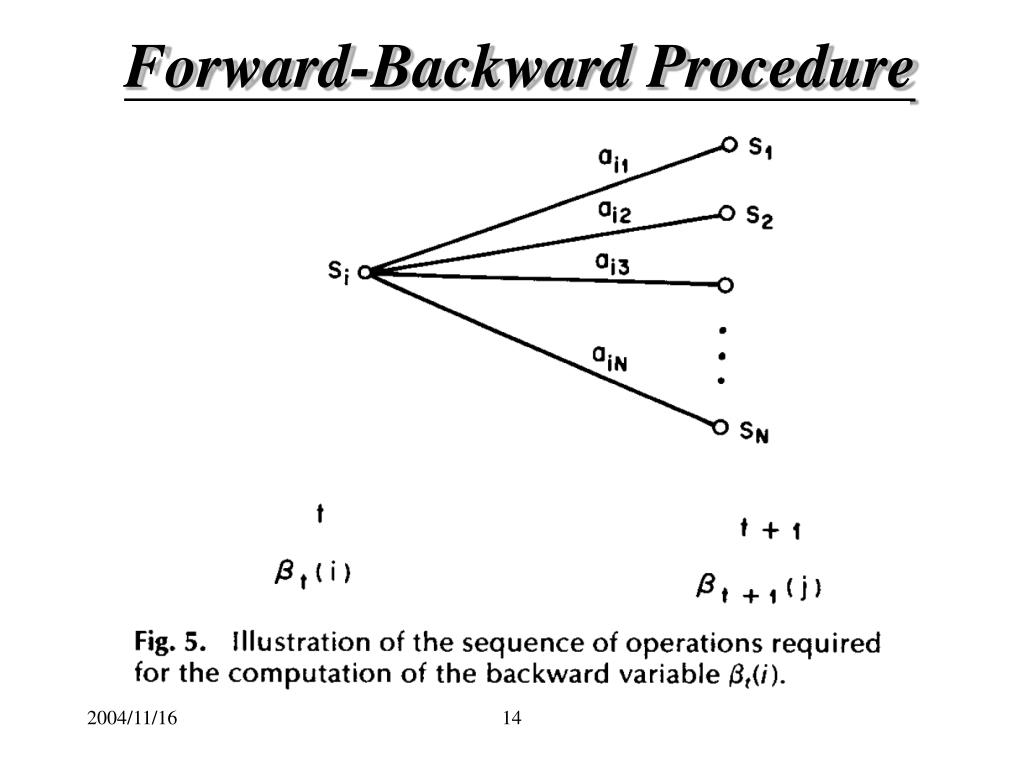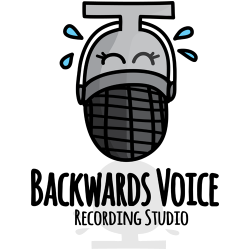

Now you're going I-V-IV-ii-vi-I and not only does that defy expectations, your brain likely is just going WTF?!? For lack of a better term… When these characteristic cadences and progressions get reversed, it essentially throws that whole system out the window. While I'm simplifying, these basic ideas of tension and relaxation are what gives music it's sound, feeling, attitude, soul, etc. When it goes to the vi you get a denial of expectations. This cadence is called a Deceptive Cadence, because your ear will expect the IV and V to inevitably lead to I. (Simplifying here, there are other pleasing cadences.) Sometimes, a composer will do a cadence like: IV-V-vi. Now getting into one of the reasons music played backwards sounds so odd: Our ears expect that Perfect Authentic Cadence. This progression sounds different, but it still ends with that characteristic IV-V-I, also called a Perfect Authentic Cadence. In this way, you have tension and relaxation, which is the foundation of harmony.Ī more advanced chord progression might go I-vi-ii-IV-V-I.

What that cadence does, is go from the chord with the most tension in the key… to the tonic, or home chord of the key. This cadence is a very typical one, and you'll hear it everywhere. (Roman numerals signify chords built out of a major scale, starting on that degree of a major scale, so V is the fifth scale degree.) Without going to deep into music theory, I'll outline the basics.Ī typical cadence, or ending of a chord progression, is a IV chord to V to a I chord. Try opening these files in a program like audacity and observing the shape of the sound waves.Ĭlassical music, and really, most kinds of music, sound odd when played backwards because the harmonic progression does not lead where you expect it to. See how the piano sounds weird, but in turn the flute and strings are "passable"? We might notice there's something wrong but it isn't as much as the piano. A little melody followed by some chords is played and in sequence it's played in reverse:

To further illustrate what I mean, listen to these sound samples generated with Timidity and the Unison soundfont.

This is even used as a compositional element, as you might be aware of artists recording reversed vocal tracks or instruments. When it's listened in reverse the lack of familiarity with the sound structure makes it sound "odd", "scary", "demonic". Our brain uses the wave shape and variations in volume and other aspects of a sound to extract musical information. When we hear a reversed piano all these aspects are now reversed and it becomes a sound that begins quietly and ends with a powerful attack, something we're not familiar with because it's a rare thing to hear in nature (it might not even exist naturally). Our brain expects instruments to sound a certain way, it expects a piano to begin with the attack, a quick rise in intensity, then stabilize somewhere along the way and then fade away smoothly. It's all about the our psychological expectations of the physical sound phenomena. The reason why music sounds so odd when played backwards has little to do with musical theory per se.


 0 kommentar(er)
0 kommentar(er)
